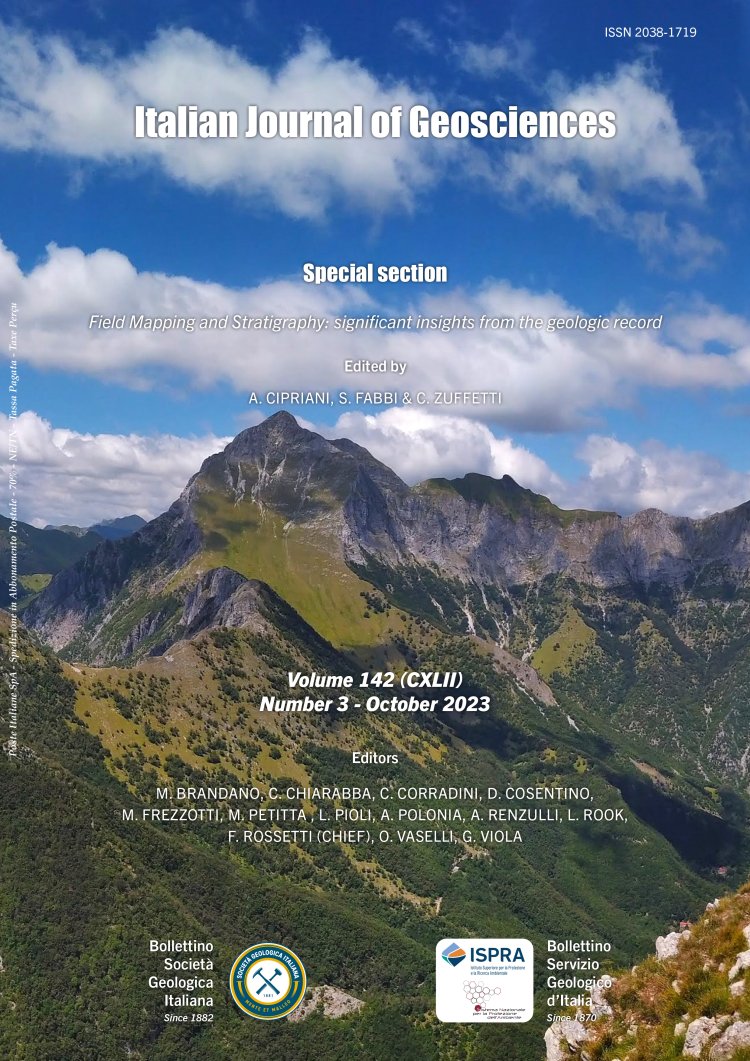
Redescription of Schizobrissus mauritanicus Pomel, 1885, on the basis of new topotypic material from the Lower Miocene of the Oran region (northwestern Algeria)
Mohamed Belkercha1, Fadila Yacef1, Bruno Ferré2, Mohamed Bendella3, Mustapha Bensalah4, Loïc Villier5 & Mansour Zaagane6
1Département des Sciences de la Terre et de l’Univers, Université Hassiba Benbouali de Chlef. Faculté de Génie civil et d’Architecture, Pôle Universitaire Ouled Fares, DZ-2010 Chlef, Algeria.
2Rue Guy de Maupassant, F-76800 Saint Étienne du Rouvray, France.
3Mohamed Ben Ahmed Oran 2 University, Laboratory of Basin Geodynamics and Sedimentary Balance, P.O. Box 1524, El M’Naouer, DZ-31000 Oran, Algeria.
4Laboratoire de Recherche n° 25, Université Abou-Bekr Belkaid, DZ-13000 Tlemcen, Algeria.
5Université Pierre & Marie Curie Paris VI, Centre de Recherche sur la Paléobiodiversité et les Paléoenvironnements (CR2P), F-75252 Paris CEDEX 05, France.
6University of Mascara, Mustapha Stambouli, Mascara, 29000 Algeria.
Corresponding author e-mail: belkercha.mohamed@yahoo.fr
Abstract
Keywords
Get Full Text